Hampi history comes alive in what remains of the ancient capital of the glorious Vijayanagara Empire. The ruins of its grand temples, its palaces, and even the rocks that dot the landscape whisper stories from centuries ago. Hampi in the state of Karnataka, India, is a UNESCO World Heritage Site, however, its role in India’s history, and in the preservation of ancient traditions and cultures goes much beyond this.
Hampi history is a saga that saw it climb the zeniths of ecstasy and later experience the pangs of agony as the resplendent city was literally razed to the ground and reduced to ruins. The ruins of Hampi.
Table of Contents
Hampi History – The Tale Of An Unforgettable Empire
Hampi history tells the tale of a glorious empire, the Vijayanagara Empire, and the story of a rich and magnificent capital city, the likes of which the Western world had not seen before. A city that boasted of urban planning, secure fortifications, grand temples, public utility buildings, and residential palaces. A city which was the hub of trade and commerce, a city in whose bazaars precious stones and horses were traded in addition to other goods.
Hampi history is also the story of the great King Krishnadevaraya and how the Vijayanagara Empire expanded and flourished under his rule. But alas. Hampi history is also the story of treachery and mindless barbarism that reduced the great and glittering city to mounds of rubble.
Unfortunately, Hampi history is also something that most of us have not learned in our history classes in school, apart from passing and cursory references. It is surprising that the empire that encompassed most of Southern India and held high the flag of ancient traditions and culture of India for more than two and a half centuries is by and large relegated to the back alleys of history.
The Vijayanagara Empire was the bulwark that kept at bay the barbaric and marauding forces that had already established their hegemony across Northern India, right up to the Deccan region.
Hampi History – Kampili | An Incredible Saga
The history of Hampi goes way beyond the city’s birth, and also the birth of what is considered to be its mother city, Anegundi. The area covered by Hampi and Anegundi today is believed to have been the Kishkinda Kshetra that is mentioned in the Ramayana. The region was also known as Pampa Kshetra, because of the presence of the Pampa river.
The history of the region however goes back even farther to more than 4 billion years. The plateau that is interspersed with rocky terrain and hillocks is believed to be one of the oldest plateaus on earth. However, here we go back in time to look at the circumstances that led to the birth of Hampi or the grand city of Vijayanagara, and how it flourished, for well nigh two and a half centuries before it met its nemesis.
Before The Birth Of Hampi – Kampili And Anegundi
Towards the end of the 13th century and the beginning of the 14th century, Southern India was in turmoil. The power of the great Hindu kingdoms of the Hoysalas and the Kakatiyas was on the wane. A series of repeated incursions from the Delhi Sultanate had taken its toll. There were however pockets that valiantly resisted the invaders from the north. One such pocket was the kingdom of Kampili with its centre near the town of Anegundi, some 20 kilometres from where the ruins of Hampi stand today.
The Kingdom of Kampili was founded around the year 1290 CE, by Mummadi Singeya Nayaka who is also referred to as Mummadi Singa, who was a commander in the army of the Yadava kings of Deogiri, which would later be rechristened as Daulatabad, by the eccentric tyrant Muhammed bin Tughlaq of the Delhi Sultanate.
Towards the end of the 13th century, Mummadi Singa left the service of the Yadava Kings and established his own kingdom in Kampili, as the fortunes of the Yadava Kings of Deogiri had plummeted and their kingdom was annexed by the Delhi Sultanate.
The Kampili kingdom was expanded in quick time by Mummadi Singa, and it grew to include Badami, Raichur, and Raidurg. In course of time, Mummadi Singa passed away in 1325 and was succeeded by his son who history records as Kampili Deva Raya.
By a quirk of fate, around the same time, the Delhi Sultanate saw the ascension of Muhammed bin Tughlaq to the throne. The paths of these two were destined to cross, and script a crucial chapter in the history of Southern India.
Hampi History – The Fall Of Kampili
Bahauddin Gurshasp believed to be a cousin of Muhammad Bin Tughlaq who was a Governor looking after the Deccan from Sagar in Madhya Pradesh, raised the banner of revolt against the Delhi Sultanate. Followed by a belligerent Muhammed Bin Tughlaq, he fled southwards, hoping to find support from the Hindu kings there.
However, the power of the great dynasties of the South was already a spent force and was no match for the advancing forces of the Delhi Sultanate.
By that time, the fame of the Kampili kingdom had reached northwards, across the Vindhyas. So a battered Bahauddin Gurshasp reached Kampili and sought refuge with Kampili Deva Raya. He was assured that he would be protected till the last breath of the king.
Muhammed bi Tughlaq set up his base in Deogiri and mounted a series of attacks on the tiny kingdom of Kampili. It is said that these attacks continued for a period of one year. Kampili Deva Raya refused to hand over Bahauddin Gurshasp, as he had promised him protection till the last breath.
The tiny kingdom was ranged against the forces of the mighty Sultanate, which by that time extended to almost half of South Asia. The brave forces of Kampili managed to repulse two attacks of the forces of the Delhi Sultanate, but their defences caved in against the might of the forces they were ranged against, during the third attack.
The enemy forces were at the doors of the fortress of Anegundi. The lion-hearted Kampili Deva Raya still did not give up and had Bahauddin Gurshasp whisked away to the relative safety of Dwarasamudra (Present-day Halebidu) which was then ruled by Veera Ballala III, the last of the great Hoysala rulers.
Ibn Batuta, the Moroccan explorer who was in Vijaynagar during the initial years of the Vijaynagara Empireinthe 14th century describes, what happened later. “The Raya (Kampili Deva Raya) after sending off his guest to safety, caused a huge fire to be lit on which his wives, the wives of his nobles, ministers, and principal men immolated themselves, he sallied forth with his followers to meet the invaders, and was slain.”
Thus came to end the Kingdom of Kampili which had flourished for a period of about 40 years. But from the ashes of the Kampili Kingdom sprang the roots of the great Vijayanagara Empire.
The Birth Of The Vijayanagara Empire
The birth of the Vijayanagara Empire has many tales associated with it, and though the circumstances are not clear, what is clear is the fact that it was established around the year 1336, with Anegundi as its capital.
Some historians believe that after the Kampili Kindom was annihilated and Kampili Deva Raya perished with his forces, there were a few princes who were not killed but taken prisoner by the Sultan. They believe that the Sangam brothers including Harihara I and Bukka Raya I were among them. They are believed to have later escaped and joined the service of the Hoysala King Veera Ballala III.
They went on to found the Vijayanagara Empire with Anegundi as its first capital. The first king was Harihara I, followed by Bukkaraya I. In course of time, the city of Hampi or Vijayanagara was founded as the capital of what was then known as the Karnataka Samrajya, referred to as the Vijayanagara Empire. The Vijayanagara Empire became a powerful empire that ruled most of South India and it reached its zenith during the rule of its most illustrious king, Krishnadevaraya.
We hope you found the facts leading to the birth of the Vijayanagara Empire interesting. You can visit the ruins of Hampi and Anegundi, where the history of the region lives on in its monuments. For more interesting information about India’s ancient heritage, history, and culture, do subscribe to our blog. Follow us on our social media channels to connect with us.
Below are some useful resources to help you book flights, hotels, and tours! And also clothes, luggage and accessories for your trip!
Flights – TripAdvisor or CheapAir or Cleartrip or Makemytrip or Priceline
Tours – Click here to book top tours around the world
Hotels – Click to book the best hotels/resorts
Choose best stay options with TripAdvisor or Cleartrip or ixigo or Makemytrip or goibibo or Hotelscombined or Priceline
Apparels – Click to buy Menswear or Womenswear or Kidswear
Accessories/Luggage – Click to buy Accessories and Luggage items
Beauty Products – Click to buy Personal Care and Beauty Products
Do You Love Traveling?
Do you want to know how to travel the world? We have put together a very useful travel resources page with the best travel tips. Go check it out now.
Thanks for visiting our site Voyager – imvoyager.com and taking the time to read this post!
If you wish to collaborate/work with us then reach us at [email protected]
We’d love it if you’d comment by sharing your thoughts on this post and share this post on social media and with your friends.
Follow our journey on our social media channels:
Facebook Twitter Instagram Pinterest YouTube
60+ Million Users Trust TripAdvisor With Their Travel Plans. Shouldn’t You?
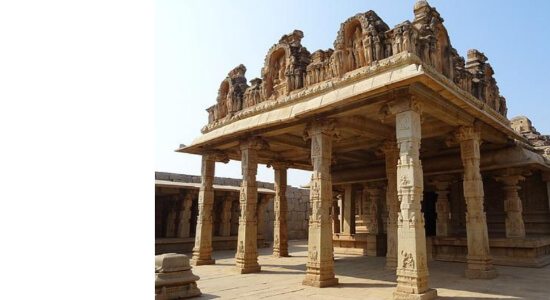
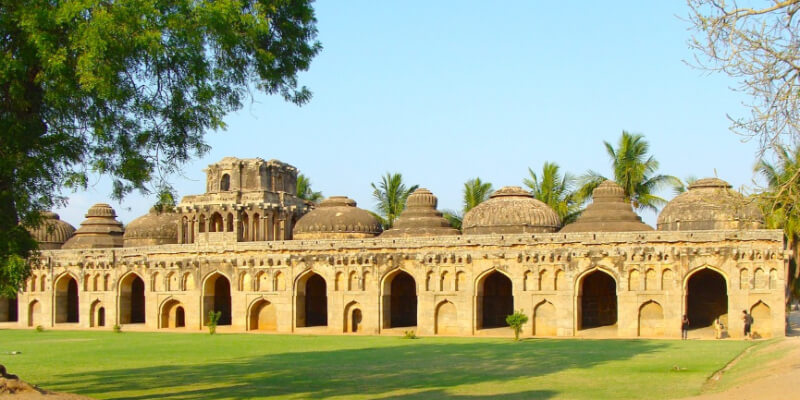
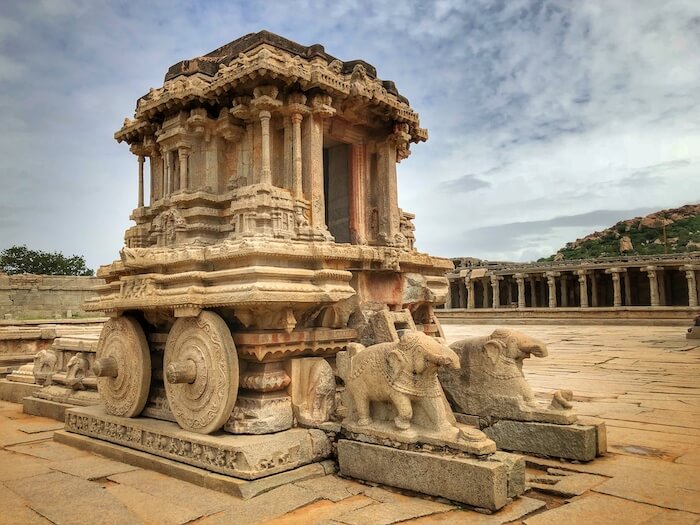
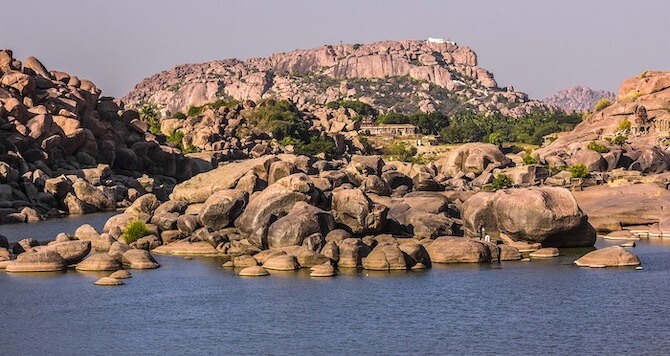
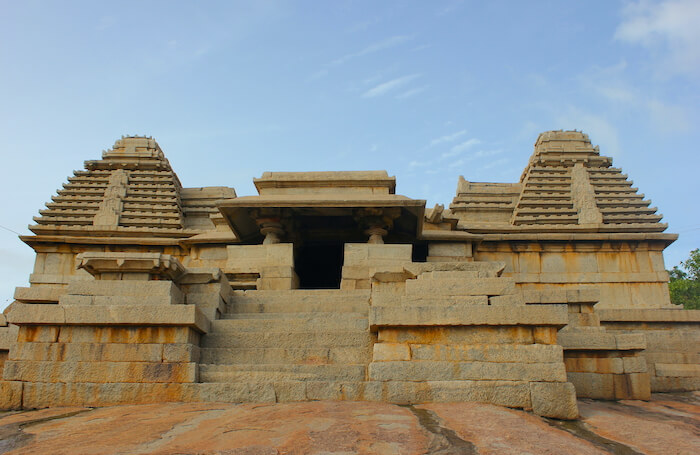
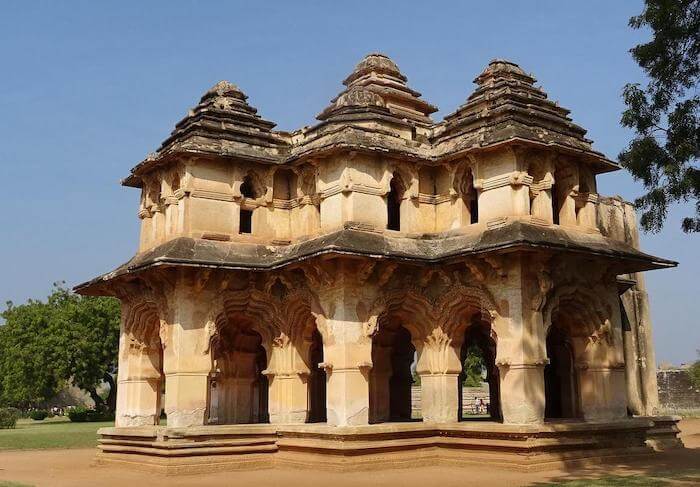

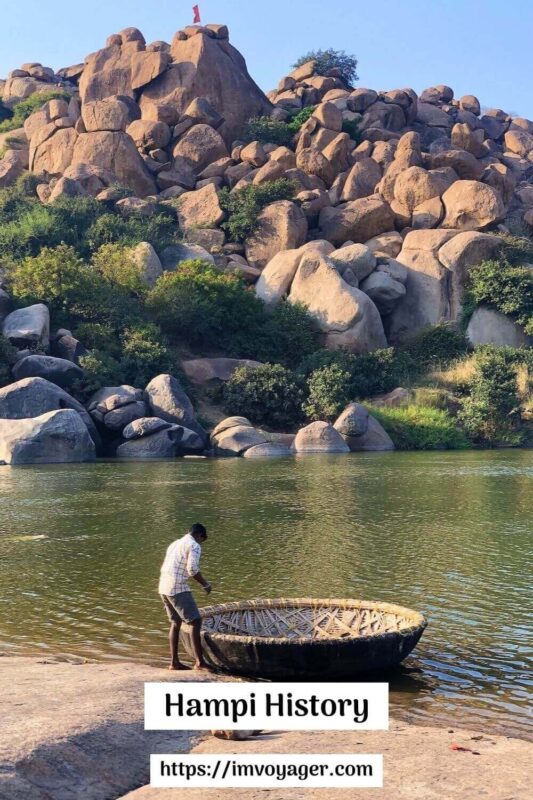



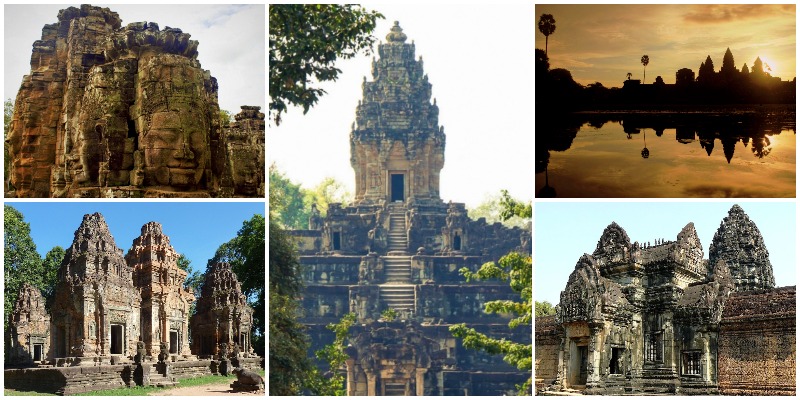
Hi Sandy and Vyjay,
What an amazing empire indeed. Sounds epic and looks inspired to me.
Ryan